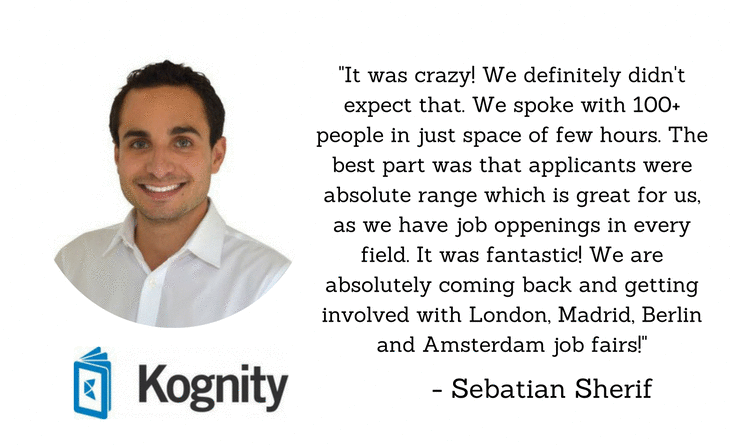By Conrad Ford, Fundingoptions
There could be a number of reasons as to why you might need to write a comprehensive business plan, whether this is at the start of your company’s life or at a later date:
• Making a loan application
• Seeking investment
• Seeking to acquire a company
• Seeking a major contract or other significant business partnership
• Applying for authorisation from a regulator
• Simply to act as a guide to directors and staff on a course of action to be followed
In this article, we look at some of the things that might need to be included in a business plan.
1.Goals and aspirations
A good way of starting a business plan is to set out a few key things the company wishes to achieve, and over what timespan. For example, these might relate to profit or turnover targets, increases in staff numbers or market share targets.
The introduction should also set out how much funding or investment you are seeking, if appropriate; and give a brief overview of the company – its activities; where it is based; whether it operates locally, nationally or globally.
2.Financial forecasts
This is one of the most critical aspects of a business plan, and these forecasts need to be both comprehensive and realistic. A prospective lender will need to know whether you are likely to be able to pay back a loan, an investor will want to know you are financially sound, and a regulator might want to know you have sufficient financial resources to remain solvent.
Forecasts usually included in a business plan are:
• Projected balance sheets at defined points in the future
• Cash flow forecasts over various periods, say the next year, three years and five years
• Predicted profit and loss account over various periods
Evidence of market research or other justifications for the projected figures are vitally important.
3.Analysis of the marketplace
This is perhaps most critical for start-up companies, but it is important at any stage of a company’s life to understand the business sector you operate in: the nature and size of the competition, likely target customers, regulatory and legal developments.
4.Marketing strategy
Give comprehensive details of the methods you intend to use, and the financial resources you intend to commit to each. A prospective lender or investor will want to know that you intend to devote sufficient effort to making a success of your offering. Remember that ‘marketing’ actually means much more than just advertising, indeed the traditional marketing mix contains four elements, known as the four Ps:
• Product – what does your product or service have to offer? What makes it stand out from the competition?
• Price – offering a product or service at a competitive regular price is a key part of this element, but special offers and discounts also form part of this element
• Place – this is concerned with the distribution channel (s) used. For example, a product may be sold direct to the public, or sold on your behalf by a retailer. Choosing the correct method (s) can be vital to a product’s success.
• Promotion – this includes advertising, including internet and social media advertising if appropriate; as well as direct selling, such as via a sales force.
Crucial to many marketing strategies is ‘segmentation’, i.e. have you analysed which types of people are the best to market a particular product or service to? Potential customers can be segmented according to factors such as: age, location, income, assets, social class, types of product or service purchased in the past, home ownership, occupation and hobbies.
Another marketing-related analysis you might want to include in your plan is a SWOT analysis. This involves analysing your company’s strengths, weaknesses, opportunities and threats; and how you can make use of your strengths, improve your weaknesses, make use of opportunities and mitigate threats. We will look further at the last of these in the Risk management section below.
5.Key personnel
Include profiles of directors, senior management and other people who have significant influence within the company. Give details of their skills, experience, knowledge and academic and professional qualifications, and ensure that the plan highlights what each of these people bring to your company. Include an organisational chart. Also give details of the ownership structure.
If you are applying for regulatory authorisation, in some cases your key personnel will need to be individually approved by the regulator. Assessments of this type are likely to cover:
• Fitness & propriety
• Financial soundness
• Competence
• Previous criminal or disciplinary records
6.Resources
This does not just mean financial resources, such as whether you have sufficient capital to withstand adverse events, but also relates to your staffing resources and your IT systems.
7.Systems and controls
This essentially refers to the measures you have in place to ensure that your company operates the way it should. It includes how responsibilities are divided up between different people within the company, and details of record keeping arrangements. In the case of a regulator, it also refers to how you ensure you meet your regulatory obligations, i.e. the compliance staff you employ, the monitoring checks you carry out etc.
8.Risk management
Your plan should demonstrate that you have thought about things which might go wrong. You need to think about adverse events that could occur, and firstly carry out an assessment of how likely each of these events is to occur, and how severe the impact would be were they to occur. Then you need to think about how you can mitigate and manage each of these risks.
Examples of risks facing companies include:
• An economic downturn
• Technological advances or changes in fashion making products and services obsolete
• Key staff leaving the company, or dying or becoming incapacitated
• An event which damages their reputation
• Upheaval caused by regulatory changes
• Legal or regulatory action being taken
Things can and do go wrong in any company, and a prospective lender, investor or regulator might want to know how well equipped you are to cope with these scenarios.
Give brief details of the measures you have in place for how you would cope with a significant incident, although your company should also have a dedicated Disaster Recovery & Business Continuity Plan that goes into more detail on this topic.
Updating the business plan
A business plan should be reviewed at least annually, and also when significant changes occur to the company’s goals or to the assumptions underpinning information in the plan.
Conrad Ford is Managing Director of Funding Options, an award-winning team of business finance experts who specialise in helping businesses get the loans they need.





